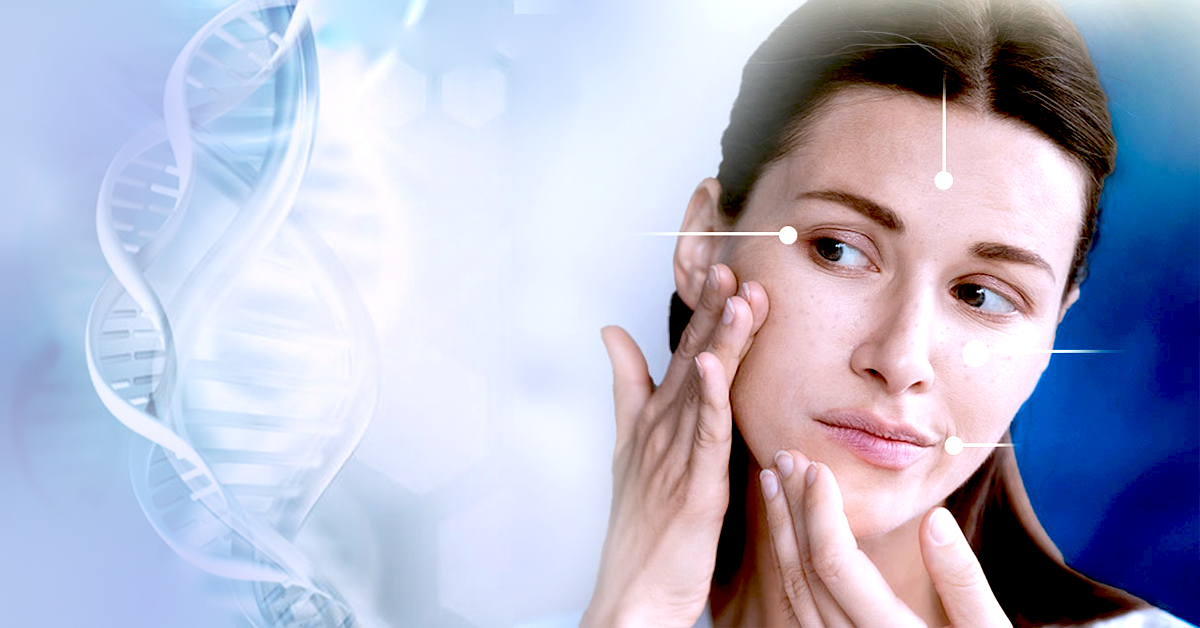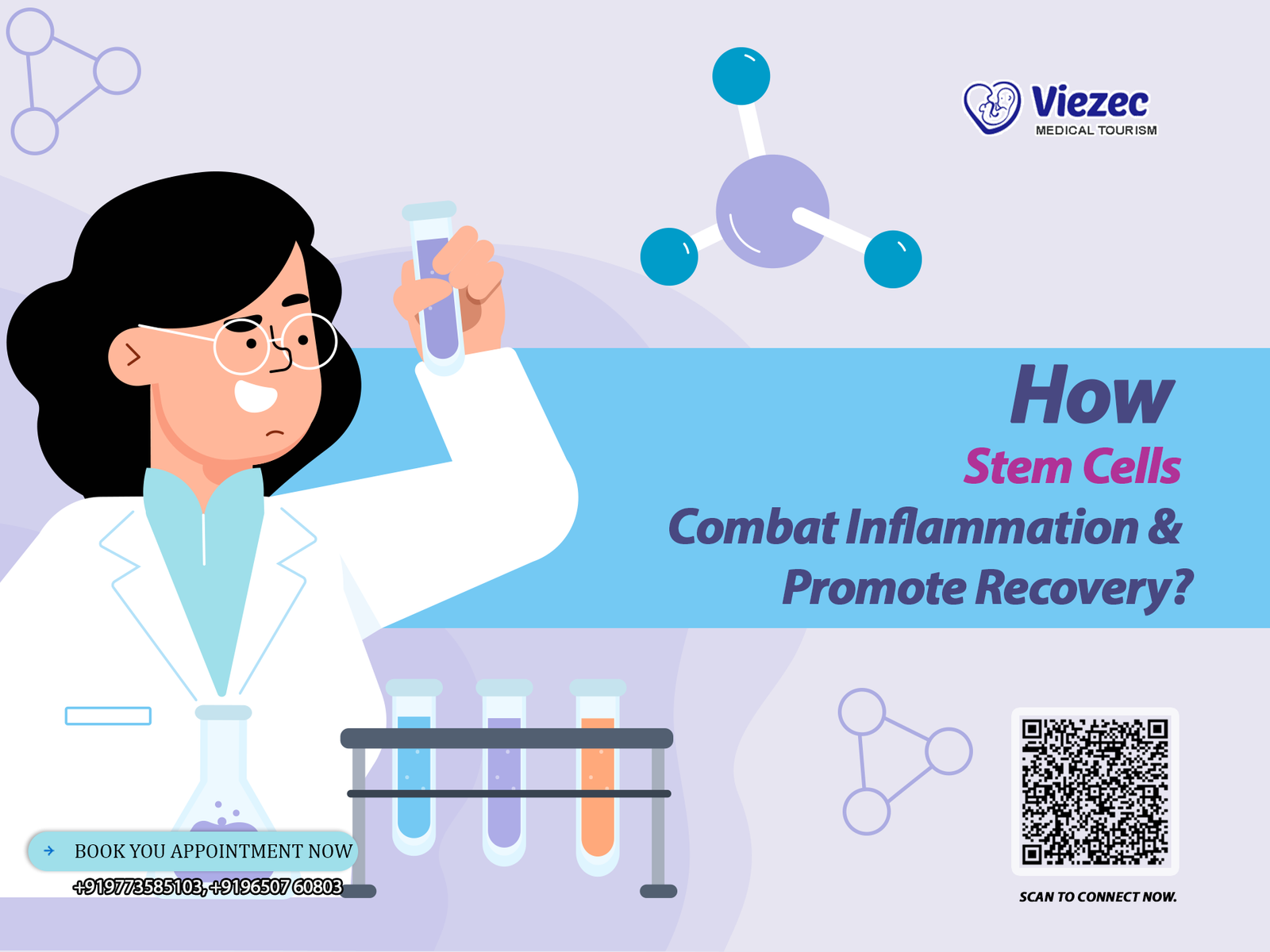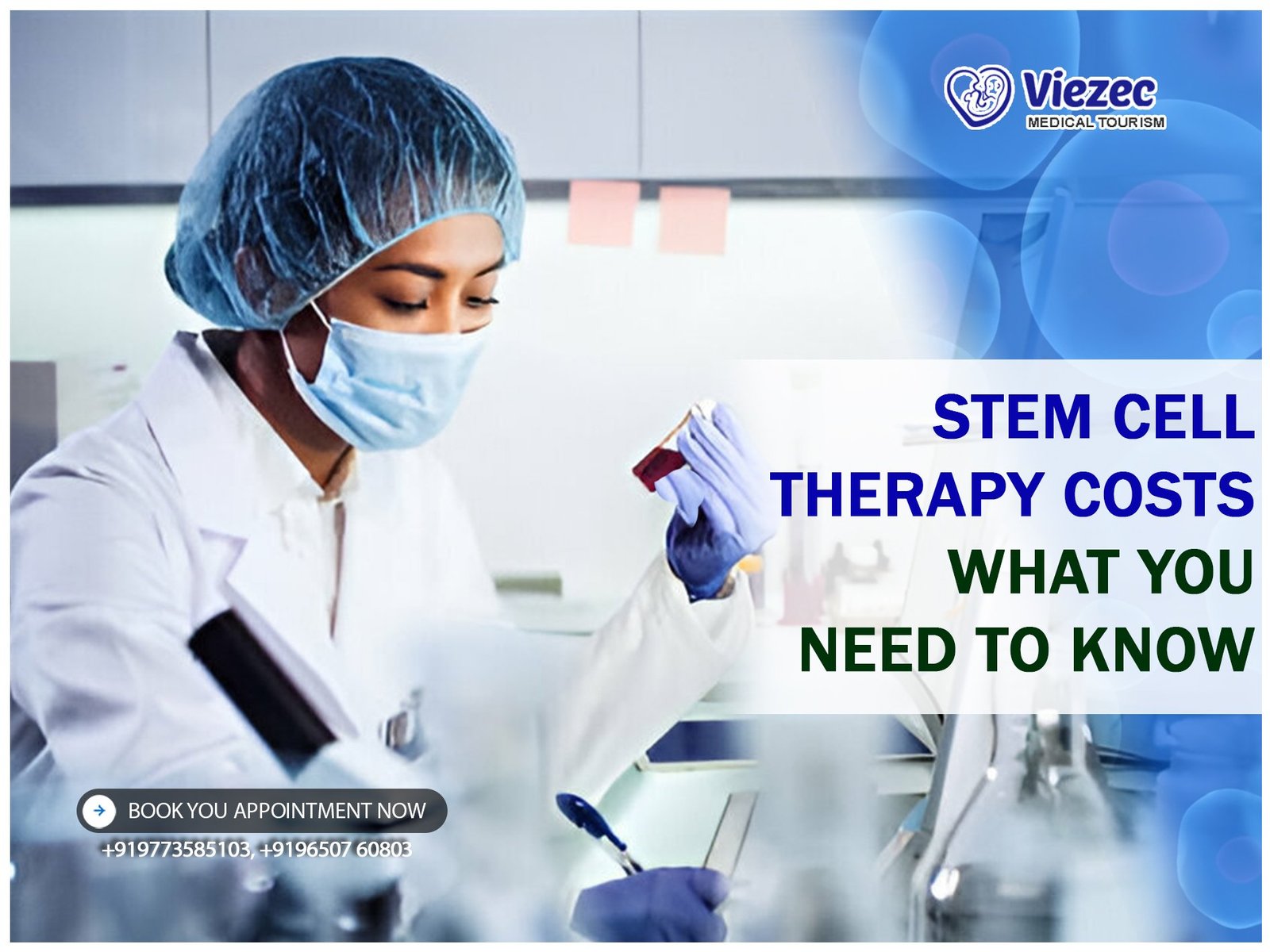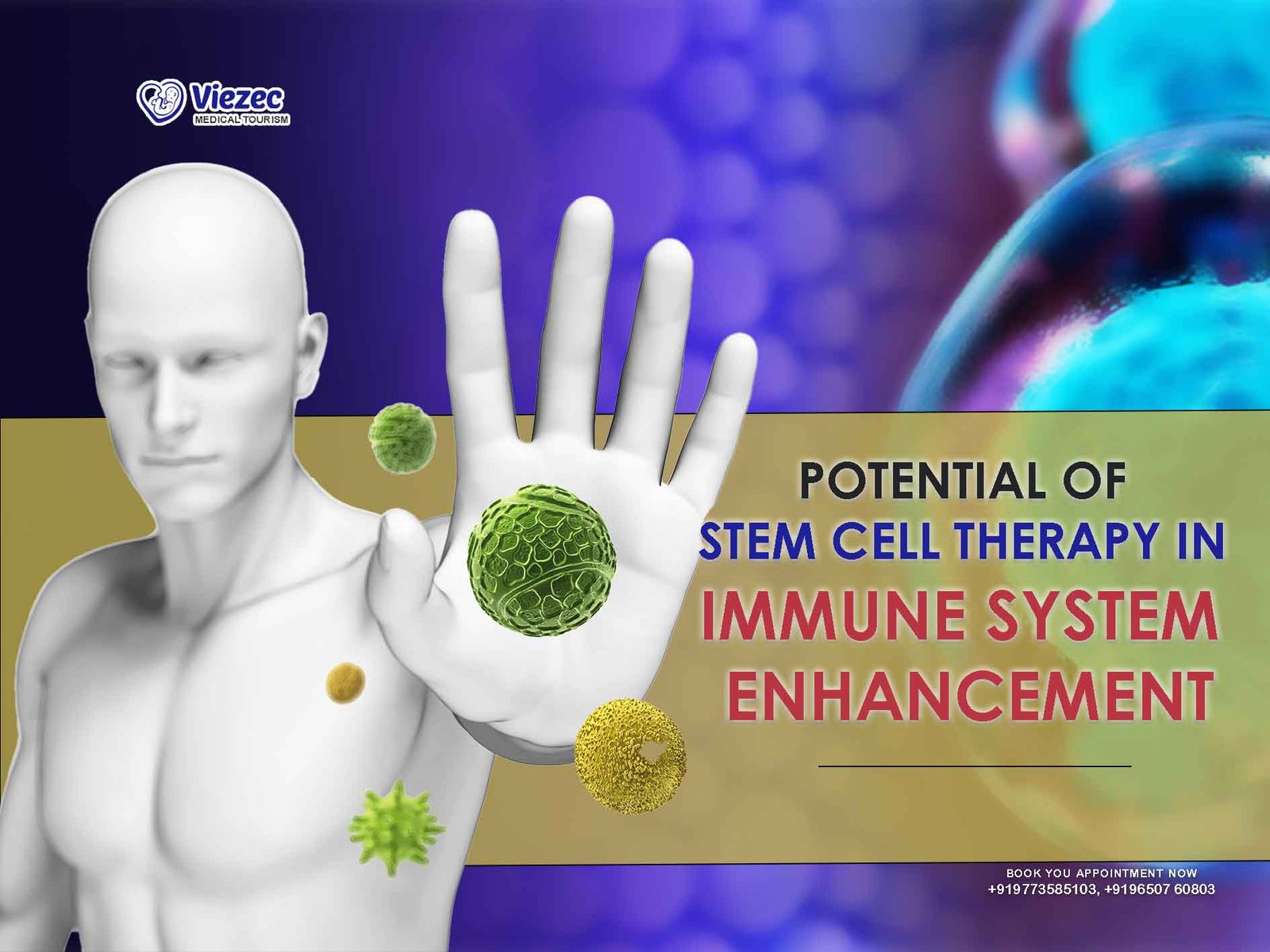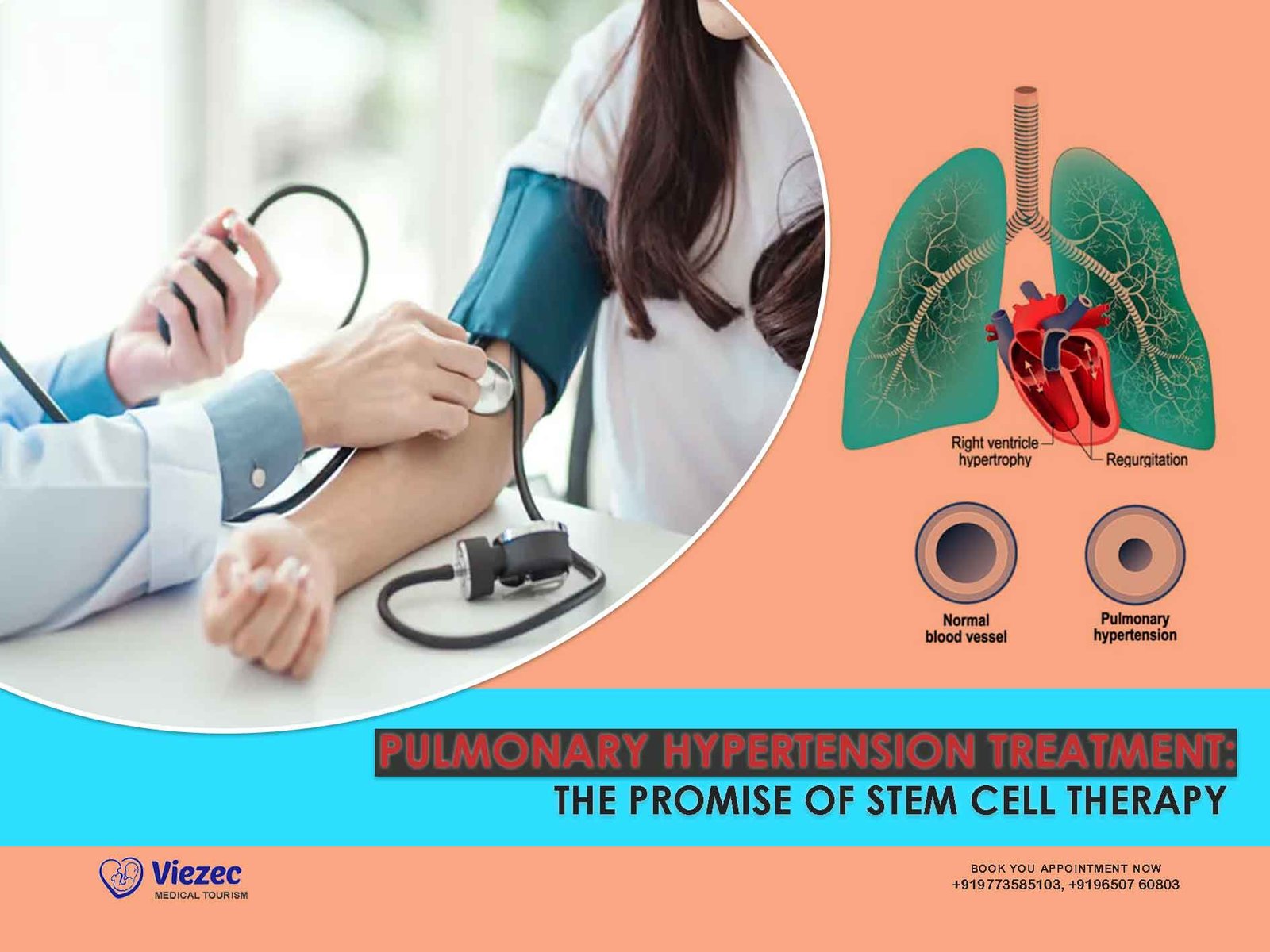Stem cell facial treatment is quickly becoming a standout innovation in the world of anti-aging and skin rejuvenation. This advanced therapy uses the regenerative power of stem cells—either from the body or ethical sources—to naturally restore skin health, reduce signs of aging, and improve overall complexion without surgery or synthetic fillers.
In this article, you’ll discover how stem cell therapy works, what makes it different from traditional treatments like Botox or fillers, and the real-life benefits it offers—from firmer skin to a youthful glow. We’ll walk you through the full treatment process, explore common side effects, pricing, and who is best suited for the procedure. Whether you’re exploring your first regenerative treatment or looking to upgrade your skincare routine, this guide helps you make an informed, confident decision about your skin’s future.
Understanding Stem Cell Facial Rejuvenation
What Is Stem Cell Facial Treatment?
Stem cell facial treatment is a cutting-edge cosmetic procedure that uses the natural regenerative power of stem cells to repair and refresh aging or damaged skin. These stem cells—sourced either from your own body (like fat tissue or bone marrow) or from ethically approved donor materials—are rich in proteins and growth factors that support healing and renewal.
The treatment can be delivered through direct injections, micro-needling, or infused into serums and masks, depending on the desired intensity and goals. The result? Skin that looks firmer, smoother, and visibly rejuvenated—without surgery.
How Does It Work on the Skin?
Stem cells act like the command center of your skin’s repair system. Once introduced, they begin to communicate with your skin cells using signaling molecules, such as growth factors and cytokines. This interaction sparks a series of positive changes, including:
-
Boosted collagen and elastin production
-
Accelerated skin cell turnover
-
Improved moisture retention and elasticity
All of this contributes to younger-looking skin that feels revitalized from within—not just on the surface.
Role of Growth Factors and Cytokines
Growth factors and cytokines are the unsung heroes of this treatment. These proteins tell your body where to send healing resources. Specifically, they:
-
Activate fibroblasts, the cells responsible for collagen and elastin
-
Stimulate angiogenesis, which improves blood flow and nourishment to the skin
-
Support cellular repair for damaged or aging skin tissue
This cellular teamwork is what makes stem cell facials so unique—they don’t just hide imperfections, they work with your body to repair them.
Stem Cell Sources: Plant vs. Human-Derived
-
Human-derived stem cells (from fat, bone marrow, or umbilical cords) are the gold standard in clinical settings. These stem cells carry real regenerative potential and are used in medical-grade procedures.
-
Plant stem cells, found in over-the-counter beauty products, are rich in antioxidants but don’t offer the same regenerative effect. They’re excellent for protecting skin from environmental stress but cannot regenerate tissue like human-derived cells.
The Science of Stem Cells in Skin Care
What Makes Stem Cells Unique?
Stem cells are unlike any other cells in the human body—they have the extraordinary ability to transform into various specialized cell types and promote healing. In the context of skin care, this means they can:
-
Replace damaged or aging skin cells
-
Stimulate the surrounding cells to repair tissue
-
Release powerful bio-signals that boost hydration, elasticity, and resilience
This regenerative potential is why stem cells are now at the forefront of anti-aging treatments, offering a path to naturally rejuvenated skin without relying on artificial fillers or synthetic chemicals.
Do Stem Cell Creams Really Work?
Stem cell-based creams and serums have surged in popularity, but it’s important to separate hype from reality.
Topical Use vs. Clinical Application
Most over-the-counter stem cell products contain plant-based extracts. While these can provide antioxidant benefits, they don’t contain live stem cells and cannot regenerate tissue. Their role is more about protecting the skin than rebuilding it.
On the other hand, clinical stem cell treatments—which use live or biologically active human stem cells—are typically delivered through microneedling or injection. These methods ensure that the regenerative factors penetrate deeper layers of the skin, triggering more dramatic and longer-lasting improvements.
Decoding Labels in Skin Care Products
If you’re exploring stem cell skincare products, here’s what to look for:
-
Terms like “stem cell extract,” “growth factors,” or “peptides”
-
Clear identification of the stem cell source (e.g., apple, grape, human-derived)
-
Clinical testing or dermatologist backing for credibility
While topical products can enhance your skincare routine, they’re best used as supplements to professional treatments, not as replacements.
Experience the power of stem cell facials. Revitalize your skin with cutting-edge technology.
Key Benefits of Stem Cell Facial Therapy
Stem cell facial treatments go beyond surface-level enhancements. They stimulate the skin from within, promoting natural regeneration and delivering long-lasting improvements. Here’s a closer look at the powerful benefits they offer:
Natural Collagen Boost and Elasticity
One of the most sought-after effects of stem cell therapy is its ability to revitalize collagen production. As we age, collagen—responsible for skin firmness—declines naturally. Stem cells activate fibroblasts, the cells that produce collagen and elastin, leading to:
-
Tighter skin
-
Improved elasticity
-
A more sculpted facial appearance over time
This natural process helps reduce sagging and restores the structural integrity of the skin without the need for synthetic fillers.
Smoother Texture and Skin Tone
Stem cell therapy can dramatically improve skin texture and tone. By accelerating cellular turnover and repairing damaged cells, it:
-
Fades pigmentation
-
Reduces rough patches
-
Evens out skin tone
The result? A complexion that looks healthier, smoother, and more luminous.
Reduction in Fine Lines and Wrinkles
By enhancing tissue repair and increasing hydration, stem cells help soften:
-
Crow’s feet
-
Smile lines
-
Forehead wrinkles
This effect comes not from paralyzing muscles (as Botox does), but by restoring skin health and elasticity from within.
Compared to Traditional Anti-Aging Treatments
| Treatment | Action | Duration | Natural-Looking? |
|---|---|---|---|
| Stem Cell Therapy | Regenerates tissue | 3–6 months+ | Yes |
| Botox | Temporarily freezes muscles | 3–4 months | No |
| Fillers | Adds volume using synthetic gels | 6–12 months | Depends |
Unlike these options, stem cell therapy works on a cellular level, giving you real rejuvenation—not just cosmetic masking.
Stem Cell Treatment for Skin Rejuvenation: What to Expect
Understanding what happens before, during, and after a stem cell facial treatment can help you feel more confident and prepared. This section walks you through the entire process so there are no surprises—just beautiful results.
The Step-by-Step Procedure
Stem cell facial rejuvenation is typically performed in a clinical setting by a dermatologist or aesthetic medicine specialist. The full procedure usually takes about 60 to 90 minutes.
Preparation Before the Session
Before your treatment, your provider will:
-
Evaluate your skin condition and discuss your goals
-
Recommend avoiding blood thinners, retinol, or harsh exfoliants for a few days
-
Ask you to arrive with clean skin, free of makeup or heavy skincare products
This preparation ensures that your skin is primed and ready to absorb the regenerative effects of stem cells.
What Happens During the Treatment
The actual procedure may vary depending on whether autologous (your own) or donor-derived stem cells are used. A typical session includes:
-
Extraction of stem cells (if autologous)—commonly from fat tissue or blood
-
Application via micro-needling or direct injections into targeted facial areas
-
Optional use of LED light therapy or calming serums to enhance absorption and reduce inflammation
You may feel mild pressure or a tingling sensation during treatment, but discomfort is usually minimal.
Post-Treatment Care and Recovery
The recovery phase is gentle and typically requires little to no downtime. Most patients experience:
-
Mild redness or swelling for 24–48 hours
-
A feeling of tightness or sensitivity
To maximize your results:
-
Use a gentle moisturizer and broad-spectrum sunscreen
-
Avoid makeup, exfoliants, or heavy skin treatments for the first 1–2 days
-
Stay hydrated and follow any personalized skincare regimen your provider suggests
Most patients can return to daily activities the same day or the following morning, making this a convenient option for even the busiest lifestyles.
Ready to enhance your skin’s youthfulness? Get in touch with us today!
Before and After: Real Results of Stem Cell Facial Rejuvenation
Stem cell facials are all about real, visible transformation—not artificial enhancements. While results may vary slightly based on your skin type and treatment protocol, most patients notice significant improvements in texture, tone, and overall skin health.
Visible Improvements from Real Patients
Many people report subtle yet powerful changes within just a few days to weeks after treatment. Common outcomes include:
-
Tighter, more lifted skin within the first week
-
Reduction in fine lines—especially around the eyes and mouth—after 2 to 4 weeks
-
Noticeably brighter, hydrated, and more even-toned skin
What’s especially appealing is that these changes look natural. You won’t appear “overdone” like with some injectable procedures. Instead, your face simply looks well-rested, refreshed, and youthful.
Many clinics provide before-and-after photos that clearly demonstrate:
-
Softer wrinkles
-
Improved skin texture
-
Reduction in hyperpigmentation
-
Enhanced glow and vitality
How Long Do the Effects Last?
Stem cell facial treatment results typically last between 3 to 6 months, depending on:
-
Your age and skin type
-
Lifestyle choices (e.g., sun exposure, diet, smoking)
-
Whether you follow up with maintenance treatments
Maintenance Tips for Longer Results
To keep your skin glowing long after your appointment, consider these pro tips:
-
Schedule touch-up sessions every 4 to 6 months
-
Maintain a balanced diet rich in antioxidants and hydration
-
Use stem cell-friendly skin products recommended by your provider
-
Always wear broad-spectrum sunscreen to protect your investment
With the right approach, stem cell therapy can become an essential part of a long-term skin health strategy—not just a one-time fix.
Are There Any Side Effects?
Stem cell facial treatments are generally considered safe and well-tolerated, especially when performed by trained professionals using high-quality materials. Still, as with any cosmetic procedure, it’s important to be informed about possible side effects—both common and rare.
Common and Temporary Reactions
Most people experience only mild, short-lived reactions following the procedure. These are part of the body’s natural healing process and typically resolve within a day or two:
-
Redness or slight swelling at the treatment site
-
A sensation of tightness or warmth in the skin
-
Minor sensitivity to touch or skin care products
These effects are usually manageable with basic aftercare and do not interfere with daily activities.
Potential Risks and How to Avoid Them
Although complications are rare, there are a few risks to be aware of—especially if the procedure is not performed correctly or if poor-quality products are used:
-
Infection from improperly sterilized equipment
-
Allergic reactions to topical products or serums
-
Ineffectiveness due to substandard stem cell preparation or application
The best way to minimize risk and maximize results is to be selective about where and how you get the treatment.
Choosing a Certified Professional
A qualified provider makes all the difference. Here’s what to look for:
-
A licensed dermatologist or board-certified aesthetic physician
-
Clinics that use FDA-cleared or clinically validated stem cell materials
-
Transparent consultation and clear explanations about procedure protocols, outcomes, and safety
When done right, stem cell facial therapy is not only safe—it’s a transformational and empowering experience that helps you reclaim your skin’s natural vitality.
Take the first step towards rejuvenated skin with stem cell therapy. Book your session today!
Cost of Stem Cell Therapy for the Face
Stem cell facial treatments are an investment in long-term skin health and rejuvenation. While they tend to cost more than traditional facials or injectable fillers, the regenerative benefits they offer can provide more natural and lasting results.
Price Range and What’s Included
In most clinics, the cost of stem cell facial therapy ranges from $500 to $2,500 per session. This variation depends on several factors:
-
Whether the stem cells are autologous (from your body) or donor-derived
-
The technology used (e.g., micro-needling, injections, LED therapy)
-
Add-ons like PRP, serums, or advanced skincare applications
Many providers offer package deals for multiple sessions, which can make the treatment more affordable over time.
Factors That Affect the Cost
Geographic Location and Clinic Reputation
Where you get the treatment plays a significant role in pricing:
-
Urban clinics in high-demand cities tend to charge more
-
Clinics with a strong reputation or celebrity clientele may also have premium pricing
Number of Sessions Required
Most patients require a series of 2 to 4 sessions, spaced about 4 to 6 weeks apart, to see optimal results. Your provider will tailor the plan based on:
-
Your skin condition
-
The desired level of rejuvenation
-
Your age and responsiveness to the treatment
While the upfront cost may seem high, many people find it worth the price given the non-invasive nature, lasting effects, and natural results of the therapy.
Who Is a Good Candidate for Stem Cell Facial Treatment?
Stem cell facial therapy isn’t just a trend—it’s a personalized skin renewal solution designed to work with your body’s natural healing power. But is it right for everyone?
Age, Skin Condition, and Goals
You may be a great candidate for this treatment if you:
-
Are between the ages of 30 and 60, when collagen loss and skin dullness often begin to show
-
Have visible signs of aging, such as fine lines, uneven tone, sagging, or rough texture
-
Want a non-surgical, regenerative approach to looking younger
-
Are in overall good health, with realistic expectations about subtle, natural results
This treatment is ideal for those who want to slow down the aging process—not freeze or mask it.
When to Avoid the Procedure
While stem cell therapy is minimally invasive and well-tolerated, it may not be suitable if you:
-
Are pregnant or breastfeeding
-
Have an active skin infection (e.g., eczema flare-up, cold sores)
-
Suffer from autoimmune diseases or blood disorders
-
Are on medications like Accutane or immunosuppressants
In these cases, your provider may recommend waiting or exploring alternative treatments until your condition stabilizes.
Stem Cell vs. Other Skin Rejuvenation Treatments
With so many skin rejuvenation options available today, it can be overwhelming to decide which one best suits your goals. Stem cell facial therapy offers a unique, regenerative approach, but how does it compare to more familiar treatments like Botox, PRP, or dermal fillers?
How It Compares to Botox, PRP, and Fillers
| Treatment | How It Works | Result Duration | Invasiveness | Natural-Looking? |
|---|---|---|---|---|
| Stem Cell Therapy | Regenerates tissue from within | 3–6 months+ | Low | Yes |
| Botox | Temporarily freezes facial muscles | 3–4 months | Low | Not always |
| Fillers | Adds synthetic volume to target areas | 6–12 months | Medium | Varies |
| PRP (Vampire Facial) | Stimulates repair using your blood platelets | 3–4 months | Low | Yes |
Stem cell therapy stands apart because it doesn’t just treat the symptoms of aging—it supports deep skin repair and restoration. While Botox and fillers can deliver faster results, they often address surface-level concerns without promoting true cellular regeneration.
Stem cells, by contrast, work over time to rebuild and refresh the skin in a way that aligns with your body’s natural rhythm.
Long-Term Results vs. Short-Term Fixes
If you’re looking for a quick fix before a big event, Botox or fillers might make sense. But if you want to improve your skin’s health, texture, and radiance over time, stem cell facial therapy offers a more sustainable, holistic solution.
Think of it as the difference between covering up a problem and actually healing it from the inside out.
Is Stem Cell Skin Rejuvenation Right for You?
Stem cell facial therapy isn’t just a beauty treatment—it’s a reflection of how far modern science has come in helping us age gracefully and naturally. If you’re seeking more than just a cosmetic touch-up and want a long-term investment in your skin’s health, this treatment may be exactly what you’ve been waiting for.
Key Takeaways and Considerations
-
Stem cell facial treatments are minimally invasive, safe, and harness your body’s own regenerative potential.
-
They promote deep healing, leading to smoother, firmer, and more youthful skin over time.
-
Compared to quick fixes like Botox or fillers, stem cell therapy focuses on rejuvenation from within.
-
Best results come with multiple sessions and consistent care, making it a gradual but rewarding process.
Whether you’re starting to notice early signs of aging or simply want to maintain a healthy, radiant glow, this treatment can help you look and feel your best at any age.
Consulting a Reputable Provider
Before starting, it’s essential to consult with a qualified professional who:
-
Specializes in regenerative or aesthetic medicine
-
Uses FDA-cleared stem cell products or medically approved techniques
-
Offers a personalized treatment plan based on your skin’s needs
The right provider will not only guide you safely through the process but also help you unlock your skin’s full potential.

